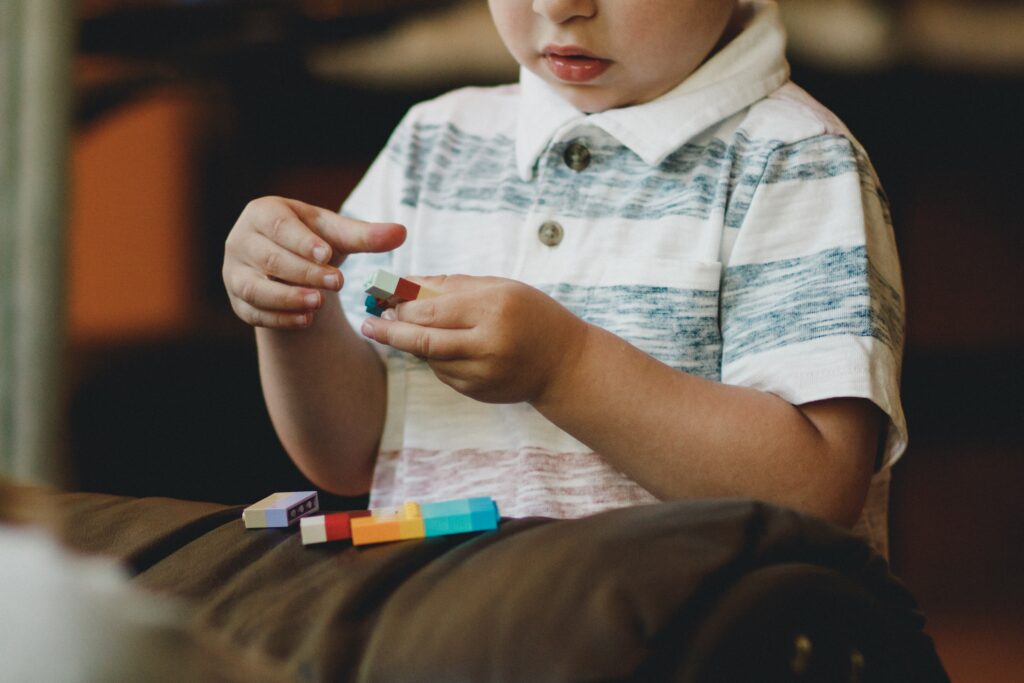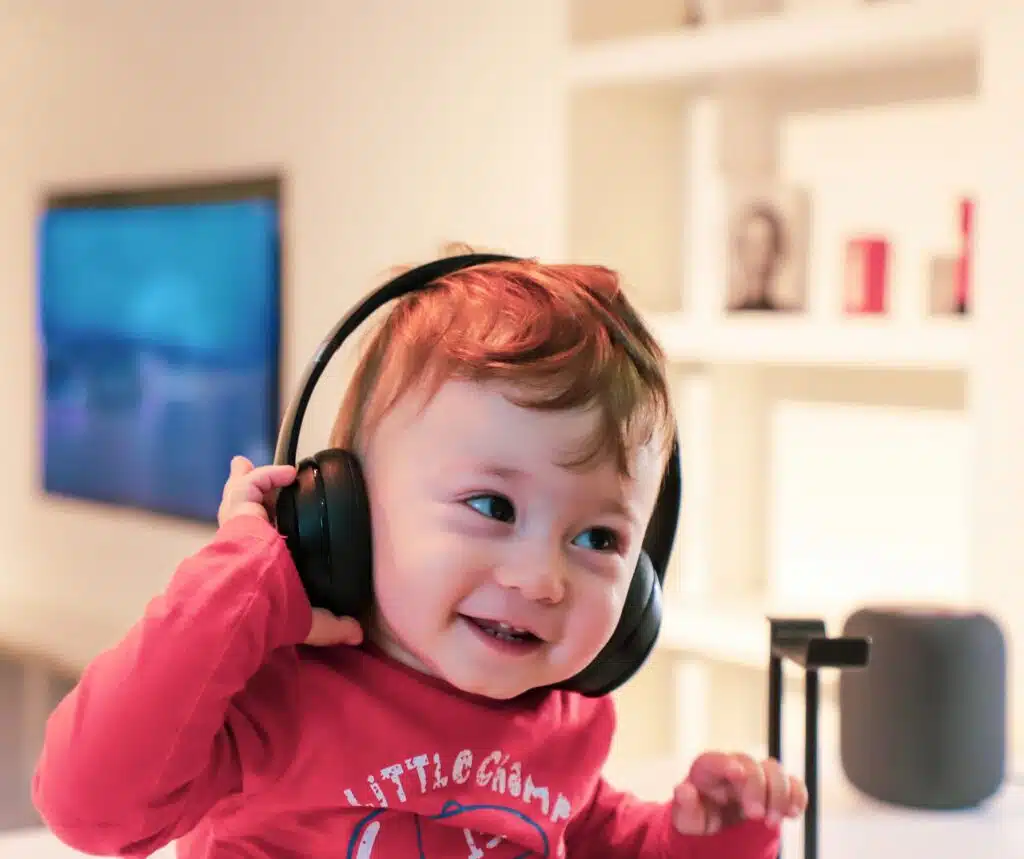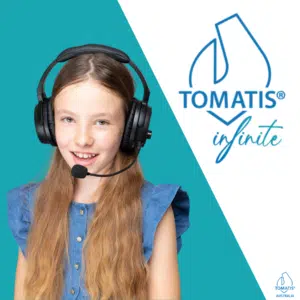SYDNEY, Australia — Are you having struggles in dealing with your child’s ADHD?
Do you want to improve your child’s quality of life using effective ways in addressing ADHD? Diagnosing attention deficit hyperactivity disorder in Australia often involves thorough assessments. Based on these assessments only medications are prescribed.
We will be talking about:
I. Why are medications used to address ADHD?
II. Is there any behavioural therapy for children with ADHD?
III. The Tomatis® Method as Listening Therapy
I. Why are medications prescribed to address ADHD?
There are 5 types of medicine licensed for addressing ADHD. These are manufactured as methylphenidate, lisdexamfetamine, dexamfetamine, atomoxetine, and Guanfacine. However, ADHD treatment for children typically involves a combination of therapy and medication.
These medicines are not a cure for ADHD but may help someone with the condition focus better, be less impulsive, feel calmer, and learn and practise new skills. The effectiveness of ADHD treatment for children or adutls can vary based on individual needs.
While some of these medicines can be taken every school day, a few of these medicines can also be taken daily. To prevent medicine dependency and to assess if the medicine is still needed, occasionally halting treatment is required. Accessing quality ADHD therapy in Sydney or in your city can greatly improve one’s daily life.





